
1Chlorobutane 99 500ml APC Pure
The continuous-flow syntheses of 1-chlorobutane and 1-bromobutane were achieved in the gas phase starting from 1-butanol, at 130-170 °C and atmospheric pressure.An aqueous mixture of 1-butanol and commercial hydrochloric or hydrobromic acids (37 and 48%, respectively) was fed into a plug-flow catalytic reactor loaded with zinc chloride (ZnCl 2: 5 and 15 wt%) or a phosphonium salt (n-Bu 4 P.
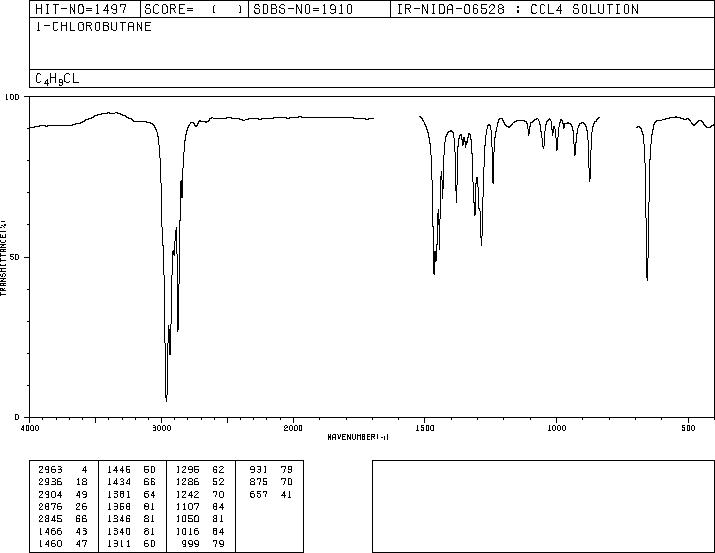
1Chlorobutane(109693) IR Spectrum
The 2D chemical structure image of 1-Chlorobutane is also called skeletal formula, which is the standard notation for organic molecules. The carbon atoms in the chemical structure of 1-Chlorobutane are implied to be located at the corner(s) and hydrogen atoms attached to carbon atoms are not indicated - each carbon atom is considered to be associated with enough hydrogen atoms to provide the.
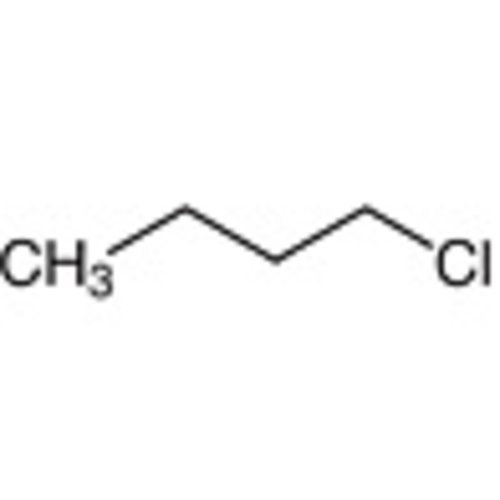
1Chlorobutane >99.0(GC) 25mL
synthesis of 1-butanol from 2-chlorobutane. Here's the best way to solve it. 100% (2 ratings) Share Share. View the full answer.
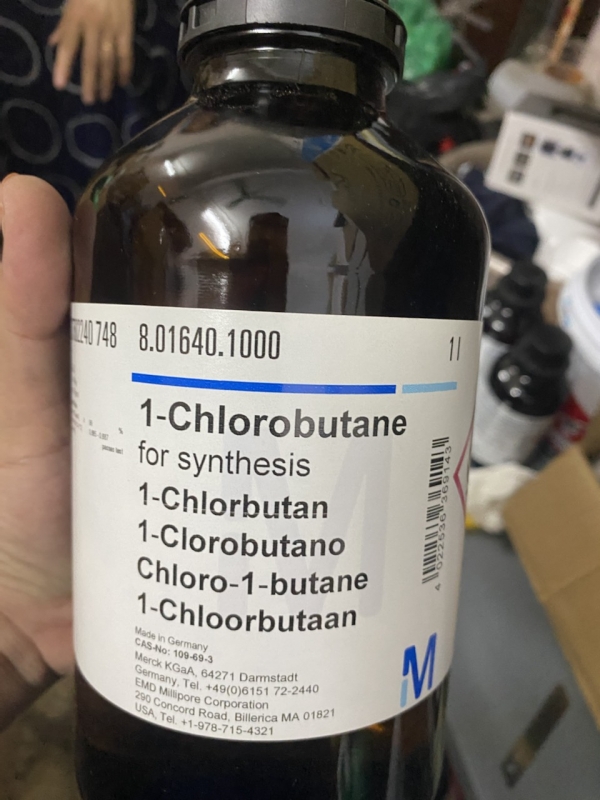
1Chlorobutane, Merck
The bacterium Rhodococcus rhodochrous NCIMB 13064, isolated from an industrial site, could use a wide range of 1-haloalkanes as sole carbon source but apparently utilized several different mechanisms simultaneously for assimilation of substrate. Catabolism of 1-chlorobutane occurred mainly by attack.

109693・1クロロブタン・1Chlorobutane・02303593・02703596【詳細情報】|試薬富士フイルム和光純薬
1-Chlorobutane. Molecular Formula CHCl. Average mass 92.567 Da. Monoisotopic mass 92.039276 Da. ChemSpider ID 7714.
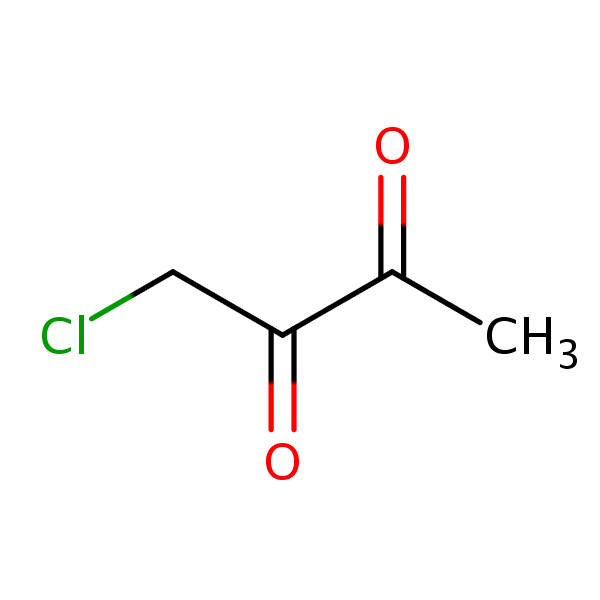
1Chlorobutane2,3dione SIELC Technologies
1-Chlorobutane for synthesis. CAS 109-69-3, chemical formula CH₃ (CH₂)₃Cl. H225: Highly flammable liquid and vapour. H304: May be fatal if swallowed and enters airways. H412: Harmful to aquatic life with long lasting effects. P210: Keep away from heat, hot surfaces, sparks, open flames and other ignition sources. No smoking.

1Chlorobutane, 98, Spectrum Chemical Fisher Scientific
1-Chlorobutane is an alkyl halide with the chemical formula CH 3 (CH 2) 3 Cl. It is a colorless, flammable liquid. Preparation and reactions. It can be prepared from 1-butanol by treatment with hydrogen chloride. It reacts with lithium metal to give n-butyllithium:
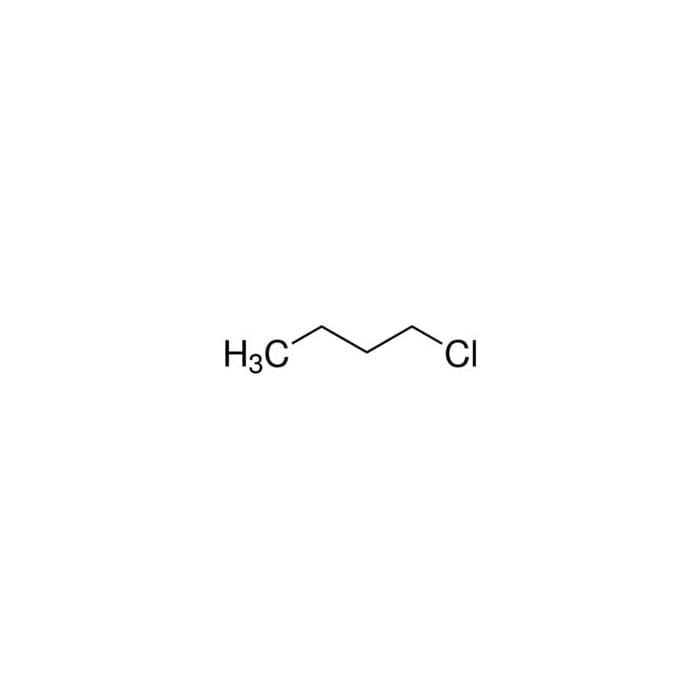
1Chlorobutane 34958 Honeywell Research Chemicals
Aggregated GHS information provided by 38 companies from 1 notifications to the ECHA C&L Inventory. Information may vary between notifications depending on impurities, additives, and other factors. The percentage value in parenthesis indicates the notified classification ratio from companies that provide hazard codes. Only hazard codes with.

1Chlorobutane, Merck
Synthesis Reference(s): Journal of the American Chemical Society, 87, p. 2500, 1965 DOI: 10.1021/ja01089a041 The Journal of Organic Chemistry, 59, p. 4687, 1994.

1Chlorobutane CAS 109693 Haihang Industry
1-Chlorobutane Revision Date 28-Dec-2021 Mobility Will likely be mobile in the environment due to its volatility. Component log Pow 1-Chlorobutane 2.66 13. Disposal considerations Waste Disposal Methods Chemical waste generators must determine whether a discarded chemical is classified as a hazardous waste. Chemical waste generators must also consult local, regional, and

1Chlorobutane CAS 109693 SDCY CHEM
Predicted - ChemAxon. Predicted data is generated using the ACD/Labs Percepta Platform - PhysChem Module, version: 14.00. Density: Boiling Point: 78.2±3.0 °C at 760 mmHg. Vapour Pressure: 103.4±0.1 mmHg at 25°C. Enthalpy of Vaporization: 30.6±3.0 kJ/mol.

Purchase 1Chlorobutane SG [109693] online • Catalog • Molekula Group
1-Chlorobutane for synthesis; CAS Number: 109-69-3; Synonyms: 1-Chlorobutane,n-Butyl chloride; Linear Formula: CH3(CH2)3Cl; find Sigma-Aldrich-801640 MSDS, related peer-reviewed papers, technical documents, similar products & more at Sigma-Aldrich

1chlorobutane, 99+ , pur, Thermo Scientific Chemicals Fisher Scientific
1-Chlorobutane is a highly flammable, clear, colorless liquid at standard temperature and pressure. The density is 0.886 g/cm3, which is lower than that of water. It does not react with water, is classified as highly flammable, but it is neither an oxidizer nor an explosive. However, vapors can form explosive mixtures with air.
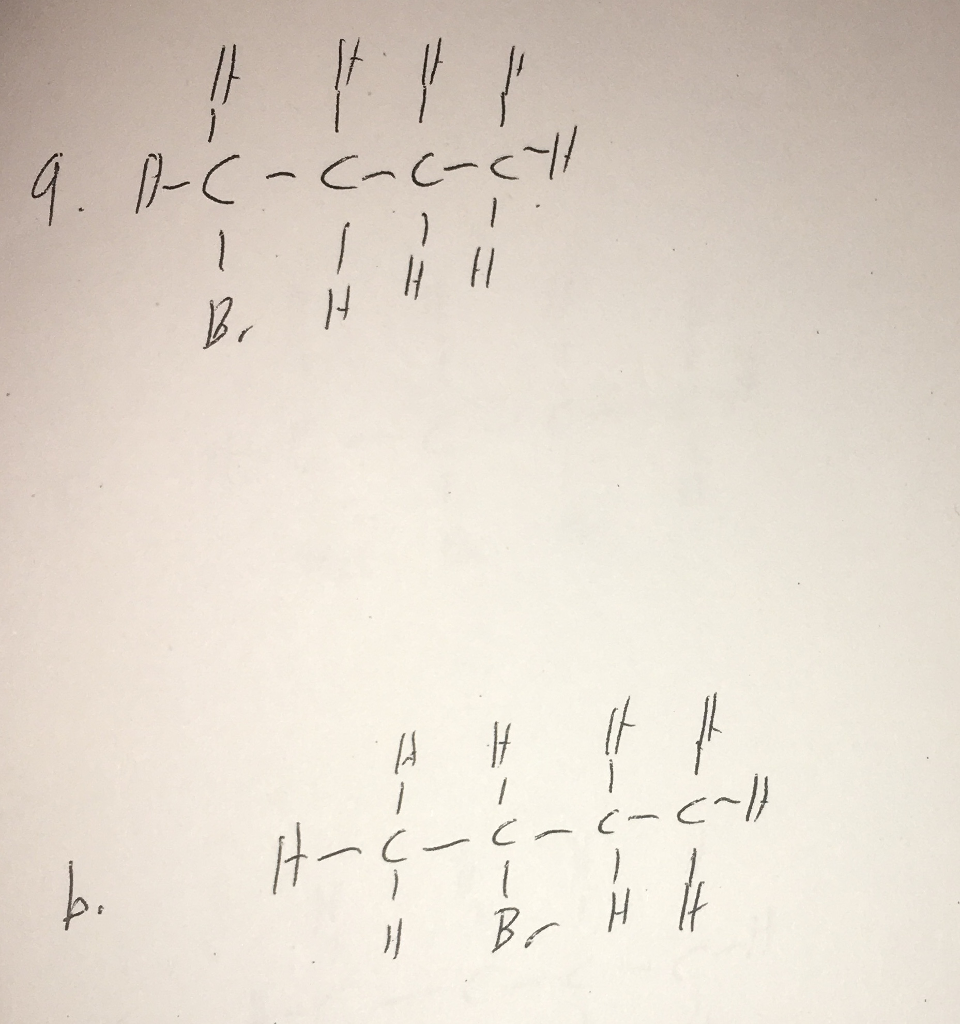
Solved Starting with 1chlorobutane show how each of the
Upper/lower flammability or explosive limits Upper explosion limit: 10,1 %(V) Lower explosion limit: 1,8 %(V) Vapour pressure 120,6 hPa at 20 °C - OECD Test Guideline 104; Vapour density 3,2 - (Air = 1.0) Relative density 0,886 g/cm3 at 25 °C - lit. 0,88 at 20 °C; Water solubility ca.0,11 g/l at 20 °C - OECD Test Guideline 105- partly soluble
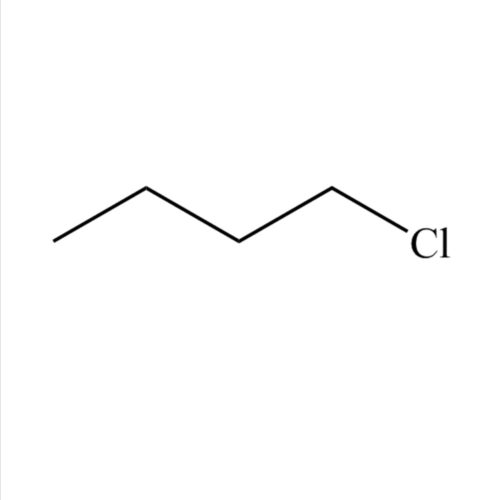
1Chlorobutane, HPLC RCI LABSCAN LIMITED (EN)
Based on a Henry's Law constant of 0.0167 atm-cu m/mol(1), the volatilization of n-butyl chloride from a model river 1 m deep, flowing at 1 m/sec with a 3 m/sec wind is 2.9 hr(2). The volatilization half-life from a model pond is 34 hr(3). Due to its high vapor pressure and Henry's Law constant and low adsorptivity to soil, n-butyl chloride.

OmniSolv® 1Chlorobutane
1-Chlorobutane. CH3(CH2)3Cl. Synonyms: Butyl chloride, 1-Chlorobutane. CAS 109-69-3. Molecular Weight 92.57. Browse 1-Chlorobutane and related products at Merck.